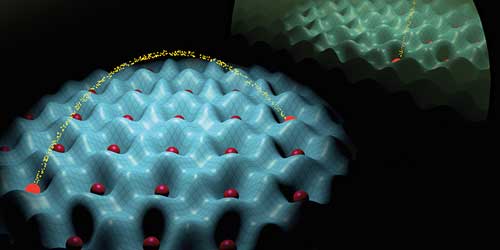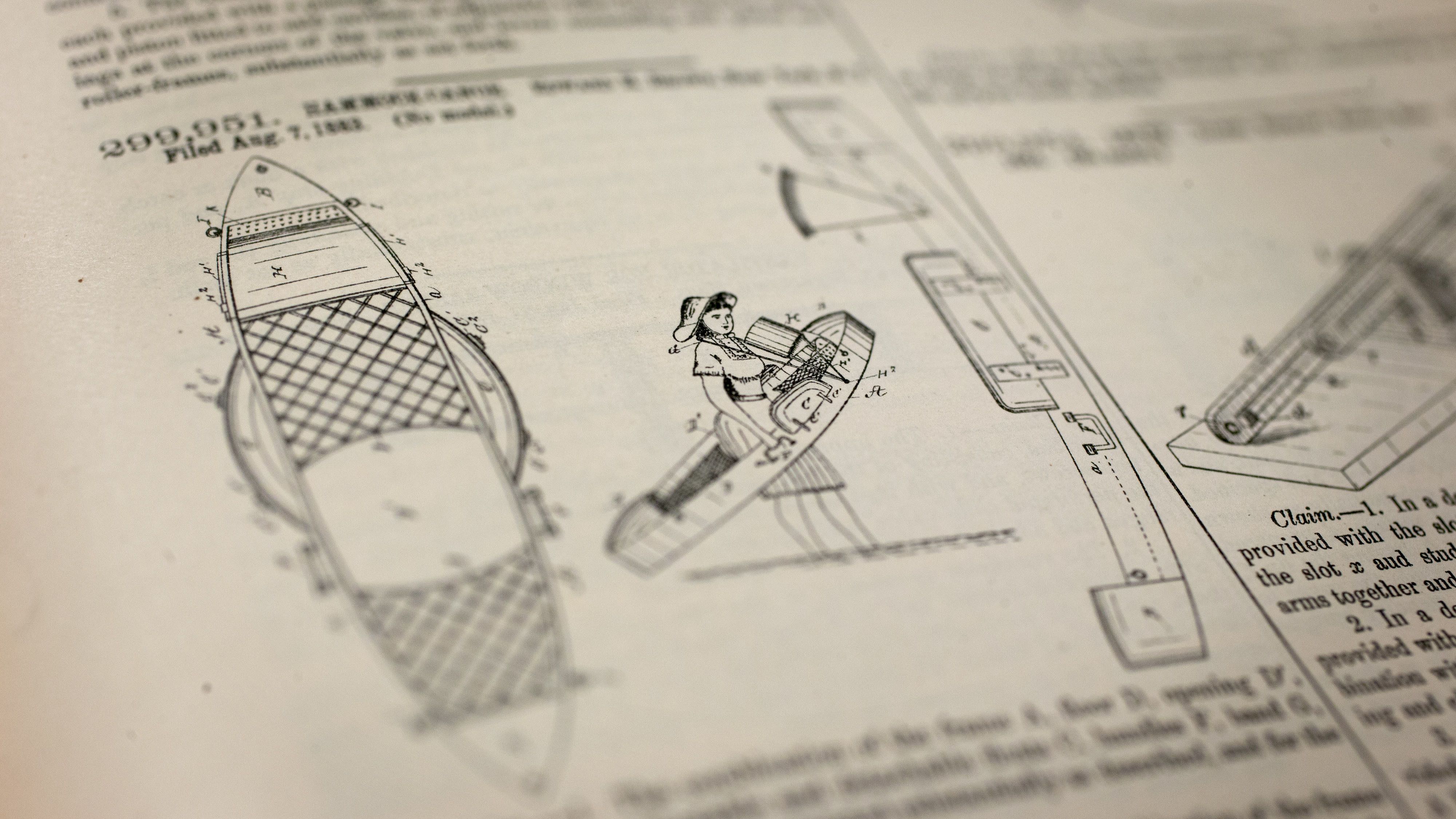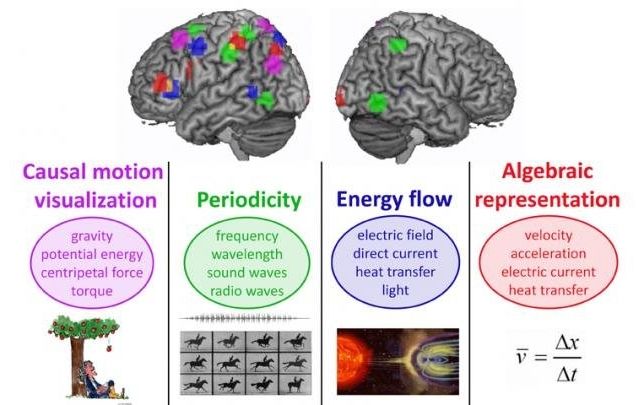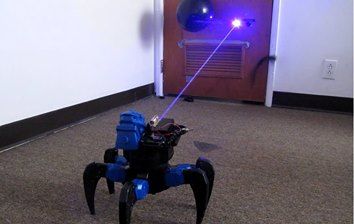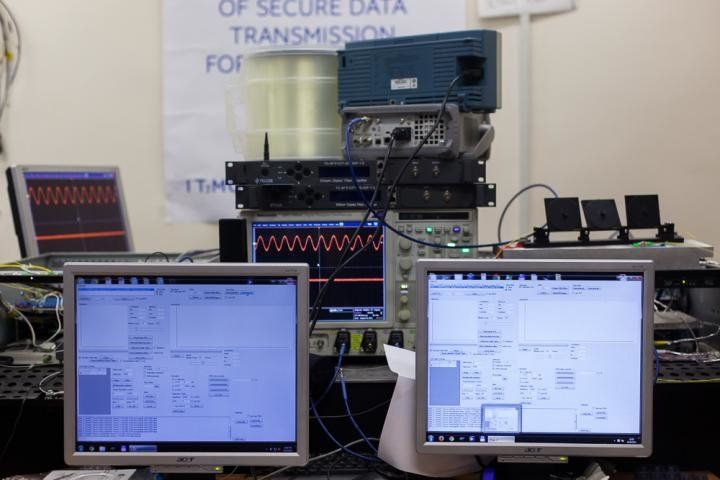Page 11270
Apr 12, 2016
How the brain produces consciousness in ‘time slices’
Posted by Karen Hurst in categories: biological, neuroscience
EPFL scientists propose a new way of understanding of how the brain processes unconscious information into our consciousness. According to the model, consciousness arises only in time intervals of up to 400 milliseconds, with gaps of unconsciousness in between.
The driver ahead suddenly stops, and you find yourself stomping on your breaks before you even realize what is going on. We would call this a reflex, but the underlying reality is much more complex, forming a debate that goes back centuries: Is consciousness a constant, uninterrupted stream or a series of discrete bits — like the 24 frames-per-second of a movie reel? Scientists from EPFL and the universities of Ulm and Zurich, now put forward a new model of how the brain processes unconscious information, suggesting that consciousness arises only in intervals up to 400 milliseconds, with no consciousness in between. The work is published in PLOS Biology.
Continuous or discrete?
Continue reading “How the brain produces consciousness in ‘time slices’” »
Apr 12, 2016
Scientists discover how the brain repurposes itself to learn scientific concepts
Posted by Karen Hurst in categories: energy, neuroscience, physics
The human brain was initially used for basic survival tasks, such as staying safe and hunting and gathering. Yet, 200,000 years later, the same human brain is able to learn abstract concepts, like momentum, energy and gravity, which have only been formally defined in the last few centuries.
New research from Carnegie Mellon University has now uncovered how the brain is able to acquire brand new types of ideas. Published in Psychological Science, scientists Robert Mason and Marcel Just used neural-decoding techniques developed at CMU to identify specific physics concepts that advanced students recalled when prompted. The brain activation patterns while thinking about the physics concepts indicated that all of the students’ brains used the ancient brain systems the same way, and the patterns revealed how the new knowledge was formed — by repurposing existing neural systems.
The findings could be used to improve science instruction.
Apr 12, 2016
Flow Induced Crystallization of Collagen: A Potentially Critical Mechanism in Early Tissue Formation
Posted by Karen Hurst in category: life extension
Apr 12, 2016
New hybrid inks permit printed, flexible electronics without sintering
Posted by Karen Hurst in categories: computing, electronics
Research scientists at INM have combined the benefits of organic and inorganic electronic materials in a new type of hybrid inks. This allows electronic circuits to be applied to paper directly from a pen, for example.
The electronics of the future will be printed. Flexible circuits can be produced inexpensively on foil or paper using printing processes and permit futuristic designs with curved diodes or input elements. This requires printable electronic materials that can be printed and retain a high level of conductivity during usage in spite of their curved surfaces. Some tried and tested materials include organic, conductive polymers and nanoparticles made of conductive oxides (TCOs). Research scientists at INM – Leibniz-Institute for New Materials have now combined the benefits of organic and inorganic electronic materials in a new type of hybrid inks. This allows electronic circuits to be applied to paper directly from a pen, for example.
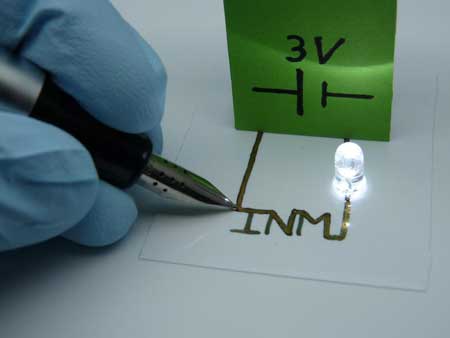
Continue reading “New hybrid inks permit printed, flexible electronics without sintering” »
Apr 12, 2016
Tech Cops Can Use to Test for Distracted Driving
Posted by Karen Hurst in category: mobile phones
The Textalyzer would be able to determine if you were using your phone right before an accident occurred.
Apr 12, 2016
AF releases criteria for basing new RPA units
Posted by Karen Hurst in category: military
Airforce is looking for a few good men and women for their MQ-9 program.
WASHINGTON (AFNS) —
The Air Force released basing criteria April 12 that will be used to select candidate bases for a potential new MQ-9 Reaper wing with units at up to two locations.
The Air Force is pursuing additional locations to help diversify assignment opportunities for personnel within the MQ-9 enterprise, provide increased opportunities for leadership from within the community, and provide flexibility to enhance integration with other organizations and capabilities.
The desire for additional locations for an MQ-9 wing was identified during surveys of officers and enlisted Airmen in the MQ-9 and MQ-1 Predator enterprise as part of Air Combat Command’s Culture and Process Improvement Program.
Continue reading “AF releases criteria for basing new RPA units” »
Apr 12, 2016
Long-range secure quantum communication system developed
Posted by Karen Hurst in categories: business, encryption, finance, information science, quantum physics, security
Scientists from ITMO University in Saint Petersburg, Russia have enabled the longer distance (250 Kilos) of secured data transmission occur via Quantum. Nice; and should be a wake up call to the US as well on advancing their efforts more.
A group of scientists from ITMO University in Saint Petersburg, Russia has developed a novel approach to the construction of quantum communication systems for secure data exchange. The experimental device based on the results of the research is capable of transmitting single-photon quantum signals across distances of 250 kilometers or more, which is on par with other cutting edge analogues. The research paper was published in the Optics Express journal.
Information security is becoming more and more of a critical issue not only for large companies, banks and defense enterprises, but even for small businesses and individual users. However, the data encryption algorithms we currently use for protecting our data are imperfect — in the long-term, their logic can be cracked. Regardless of how complex and intricate the algorithm is, getting round it is just the matter of time.
Continue reading “Long-range secure quantum communication system developed” »
Apr 12, 2016
Three-way battles in the quantum world
Posted by Karen Hurst in categories: cybercrime/malcode, particle physics, quantum physics, robotics/AI
One thing about Quntum; nothing ever stays consistent. Why it’s loved & hated by Cyber Security enthusiasts as well as AI engineers.
When water in a pot is slowly heated to the boil, an exciting duel of energies takes place inside the liquid. On the one hand there is the interaction energy that wants to keep the water molecules together because of their mutual attraction. On the other hand, however, the motional energy, which increases due to heating, tries to separate the molecules. Below the boiling point the interaction energy prevails, but as soon as the motional energy wins the water boils and turns into water vapour. This process is also known as a phase transition. In this scenario the interaction only involves water molecules that are in immediate proximity to one another.
